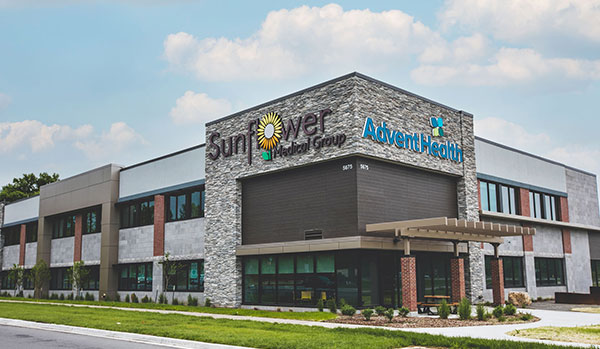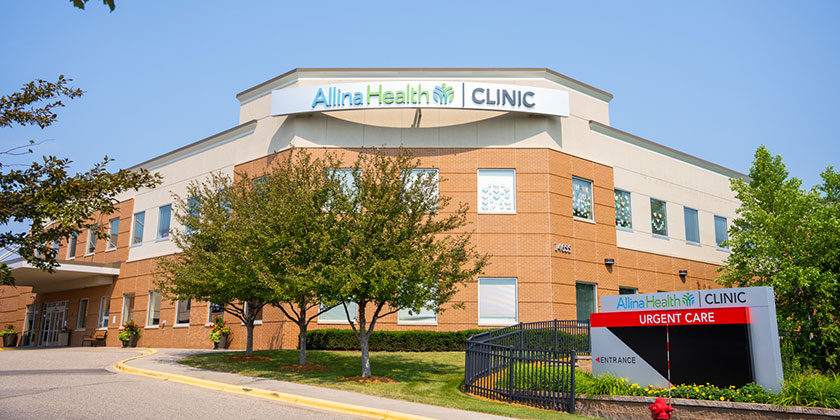How Our Clinic Guarantees Top-Notch Urgent Look After Every Individual
How Our Clinic Guarantees Top-Notch Urgent Look After Every Individual
Blog Article
Recognizing the Function of Urgent Care in Providing Timely Treatment for Non-Life-Threatening Problems
Immediate treatment centers have actually emerged as an essential part of the medical care landscape, attending to the instant demands of people with non-life-threatening problems. Comprehending the nuances of immediate treatment can substantially affect person outcomes and the total effectiveness of healthcare delivery.
What Is Urgent Treatment?
Urgent care describes a classification of clinical services designed to address non-life-threatening problems that call for prompt interest. These facilities act as an intermediary in between health care doctors and emergency situation spaces, providing a convenient choice for people that require punctual care without the extensive waiting times commonly connected with emergency divisions.
Urgent care facilities are normally staffed by clinical experts, including doctors, registered nurse practitioners, and doctor aides, who are trained to detect and treat a vast variety of problems. Typical services provided by these centers consist of therapy for small injuries, illnesses, and infections, along with analysis tests such as X-rays and research laboratory work.
In addition, urgent care facilities typically approve walk-in patients, eliminating the need for visits. Generally, urgent treatment plays an important role in the health care system, making certain patients can access necessary medical services without delay and efficiently.

When to seek care at an immediate care facility rather of a primary care physician or an emergency situation area,Numerous people may discover themselves uncertain concerning. Urgent treatment is designed to deal with non-life-threatening problems that need punctual attention however are not serious sufficient to require an emergency clinic see.
Normally, one ought to take into consideration immediate treatment for problems such as minor cracks, sprains, cuts requiring stitches, or infections like urinary system system infections. In addition, cool or influenza signs, breakouts, and allergic responses can likewise be suitably taken care of in this setup.
It is very important to note that immediate treatment is not suitable for life-threatening emergencies, such as upper body pain, difficulty breathing, or extreme blood loss, which require instant emergency clinic intervention.
People who do not have access to a health care physician or can not secure a timely appointment may likewise take advantage of immediate care solutions. Inevitably, comprehending when to use urgent care can cause a lot more reliable health care distribution, enabling patients to obtain the proper degree of care based on their certain health and wellness needs.
Benefits of Urgent Treatment Centers
Selecting urgent treatment centers for non-life-threatening conditions provides numerous benefits that improve patient experience and accessibility. One main advantage is the minimized delay times contrasted to standard emergency situation areas. Urgent care facilities typically run on a first-come, first-served basis, enabling patients to get timely medical focus without the lengthy delays often connected with hospital settings.
In addition, immediate care centers give extended hours, including weekends and evenings, fitting people with differing timetables. This adaptability ensures that individuals can seek treatment when it is most practical for them, further promoting prompt treatment.

Additionally, these centers usually offer a thorough range of services, consisting of minor treatments and analysis tests, all under one roof covering. This consolidation of services not only streamlines the individual experience however additionally cultivates a much more cohesive strategy to handling non-life-threatening wellness problems, inevitably profiting overall person end results.
Usual Problems Treated
At urgent care facilities, a range of non-life-threatening conditions can be effectively dealt with, offering people with easily accessible and prompt medical assistance. These facilities are especially adept at dealing with concerns that call for punctual focus yet do not position an instant threat to life or limb.
Common conditions treated at immediate care centers consist of minor injuries such as stress, strains, and cracks. In addition, they manage illnesses like colds, influenza, and infections, including urinary system tract infections and sinus problems. Skin conditions, varying from rashes to insect bites, are also regularly addressed. Immediate care facilities are outfitted to execute needed analysis examinations, such as X-rays and laboratory examinations, enabling them to give thorough care.
Furthermore, immediate treatment providers can carry out inoculations, assisting to stop the spread of infectious diseases - Urgent Care. They additionally offer solutions for small treatments, such as suturing wounds or draining pipes abscesses. By providing these diverse services, immediate care centers play an important role in connecting the void between health care and emergency situation services, ensuring people get prompt therapy for a large great post to read range of conditions without the demand for long delay times normally connected with emergency situation spaces
Just How Urgent Care Sustains Health Care System
Immediate care centers play an important role in supporting the general medical care system by easing the burden on emergency divisions and providing timely accessibility to clinical care for non-life-threatening conditions. By taking care of cases such as small injuries, infections, and illnesses, immediate treatment facilities permit emergency situation departments to concentrate on more important individuals calling for instant attention.
Additionally, immediate treatment centers enhance medical care access, supplying prolonged hours and a more hassle-free choice to website here typical primary treatment settings. This ease of access is specifically advantageous for patients who might not have a routine physician or that call for prompt treatment outside of regular office hours. Consequently, urgent care facilities successfully decrease boost and wait times client complete satisfaction.
In addition, urgent treatment facilities contribute to cost financial savings for both patients and the healthcare system by offering lower-cost solutions compared to emergency divisions. This monetary performance is crucial in an age of increasing health care expenses, enabling individuals to receive required treatment without sustaining expensive expenditures.
Verdict
To conclude, urgent treatment facilities play an essential duty in the health care system by supplying timely treatment for non-life-threatening conditions. By connecting the gap in between health care and emergency clinic, these centers guarantee that patients obtain prompt medical interest without the extensive wait times typically connected with emergency divisions. The accessibility and effectiveness of urgent care centers contribute significantly to minimizing the general burden on healthcare resources, boosting individual outcomes, and promoting a more effective healthcare distribution click over here system.
Immediate care centers have actually emerged as a vital part of the healthcare landscape, attending to the instant requirements of patients with non-life-threatening conditions. Urgent care check outs typically incur lower out-of-pocket expenditures compared to emergency situation division sees, making care more inexpensive for patients without compromising quality. Immediate care facilities are furnished to carry out necessary diagnostic examinations, such as X-rays and laboratory tests, allowing them to give comprehensive treatment.
By using these varied solutions, immediate care centers play an important function in linking the gap between primary treatment and emergency services, making sure patients get prompt therapy for a large variety of problems without the demand for long wait times typically associated with emergency rooms.
Additionally, urgent care facilities enhance health care availability, supplying extensive hours and a much more hassle-free alternative to standard main care setups.
Report this page